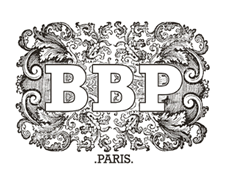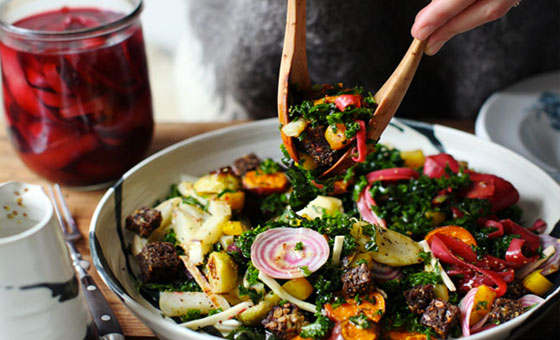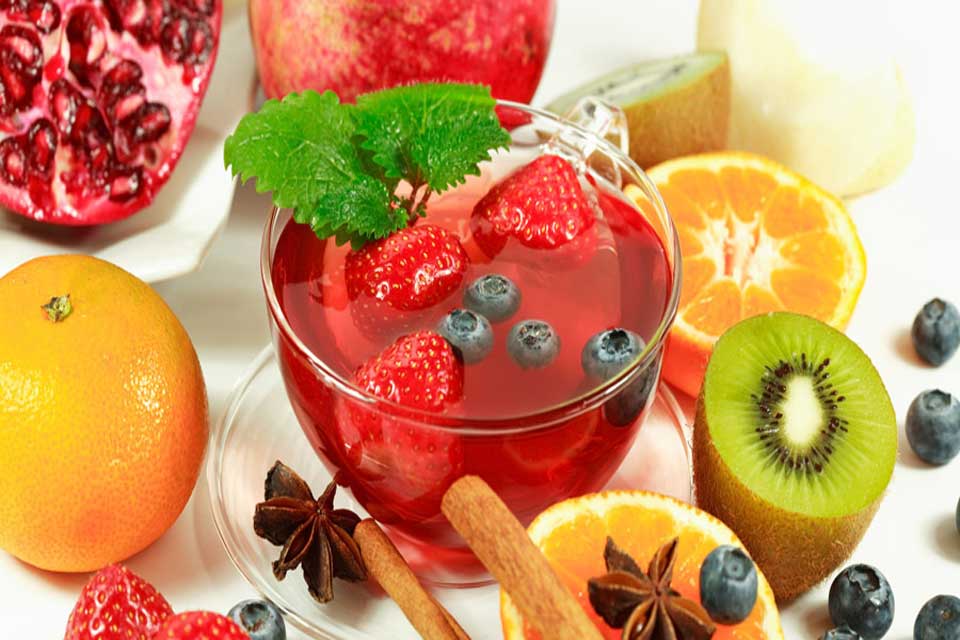If you’ve decided to have friends over for food and wine so you can try a new recipe, you may find yourself browsing the aisles of your local bottle store.
You see dozens of wine varieties, and all with varying price tags.
Some can be low as $20 – or even lower, and some can cost hundreds of dollars. Where does this price variety come from?









